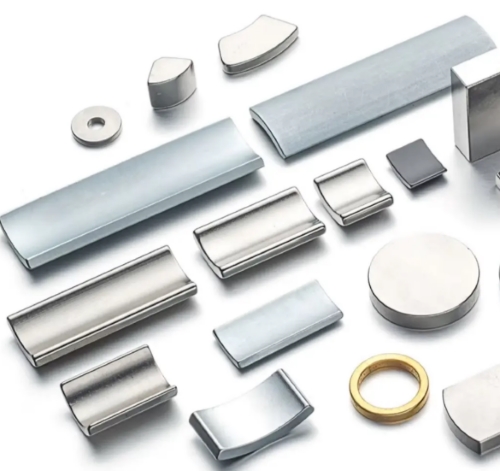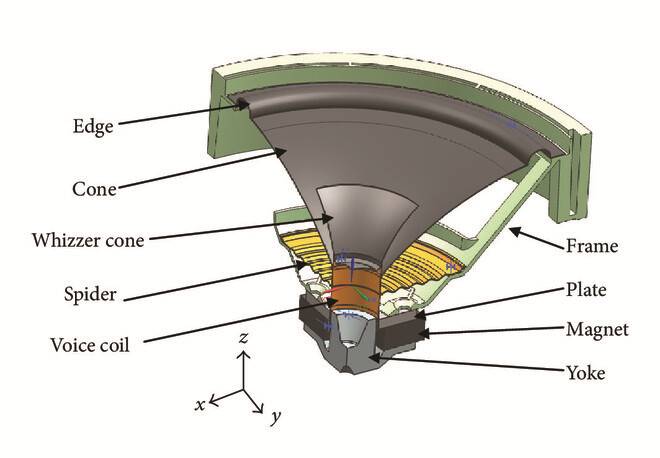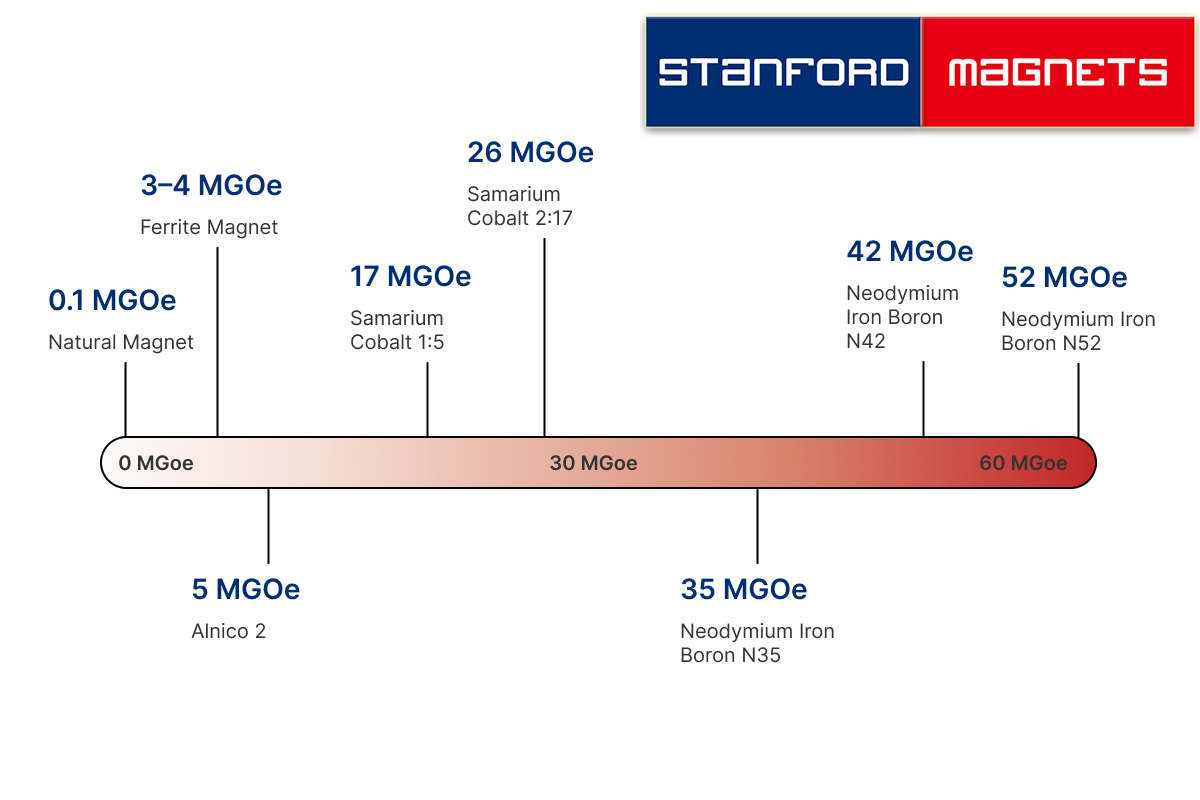Differences between Nickel Plating and Zinc Plating on Neodymium Magnets
Neodymium magnet, also called NdFeB magnet, is a tetragonal crystal composed of neodymium, iron, and boron (Nd2Fe14B). The magnetic energy product (BHmax) of this kind of magnet is greater than that of a SmCo magnet, and it is also the most commonly used rare earth magnet, which is widely used in electronic products, such as hard drives, mobile phones, earphones, etc. However, sintered NdFeB magnets are easily corroded. In order to avoid corrosion, the surface needs to be plated before use. Commonly used are zinc plating and nickel plating. Then what are the differences between nickel plating and zinc plating on neodymium magnets? In this article, we will try to answer this question. What Are the Differences between Nickel Plating and Zinc Plating on Neodymium Magnets?
What Are the Differences between Nickel Plating and Zinc Plating on Neodymium Magnets?
Differences between Nickel Plating and Zinc Plating on Neodymium Magnets
- Price Zinc plating has a price advantage. The price of magnet plating from low to high is zinc plating, nickel plating, and chromium plating.
- Polishing Since nickel is better at polishing than zinc, nickel-plated neodymium magnets are brighter in appearance, just like the color of our coins.
- Thickness of the Plating Nickel plating will be thicker than zinc plating, white zinc is 5-10um, and nickel-copper-nickel is 15-25um.
- Performance The temperature resistance of the magnet is improved a lot after the nickel surface treatment, coupled with the conductive properties of the nickel itself.
- Anti-Rust Ability The anti-rust ability of zinc plating is general, the anti-rust ability of nickel plating is good, and the anti-rust ability of chrome plating is the best. The use of zinc plating or nickel plating is mainly determined by the environment in which the magnet is used. If the environmental conditions for the use of neodymium magnets are more demanding, we recommend nickel plating.
Conclusion
Thank you for reading our article and we hope it can help you have a better understanding of the differences between nickel plating and zinc plating on neodymium magnets. If you want to learn more about magnets, we would like to advise you to visit Stanford Magnets for more information. As a leading magnet supplier across the world, Stanford Magnets has been involved in R&D, manufacturing, and sales of magnets since the 1990s. It provides customers with high-quality permanent magnets like SmCo magnets, neodymium magnets, AlNiCo magnets, and ferrite magnets (ceramic magnets) at a very competitive price.















